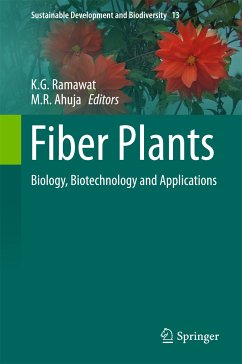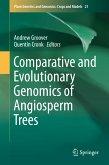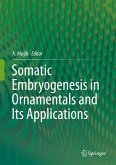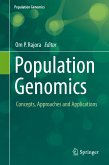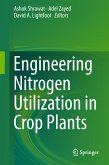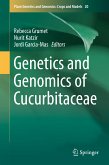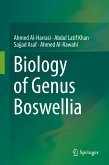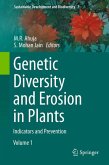This book assesses the potential effects of biotechnological approaches, particularly genetic modification, on the present state of fiber crop cultivation and sustainable production. Leading international researchers discuss and explain how biotechnology can affect and solve problems in connection with fiber crops. The topics covered include biology, biotechnology, genomics and applications of fiber crops like cotton, flax, jute and bamboo.
Providing complete, comprehensive and broad subject-based reviews, the book offers a valuable resource for students, teachers, and researchers including agriculturists, biotechnologists and botanists, as well as industrialists and government agencies involved in the planning of fiber crop cultivation.
Dieser Download kann aus rechtlichen Gründen nur mit Rechnungsadresse in A, B, BG, CY, CZ, D, DK, EW, E, FIN, F, GR, HR, H, IRL, I, LT, L, LR, M, NL, PL, P, R, S, SLO, SK ausgeliefert werden.

